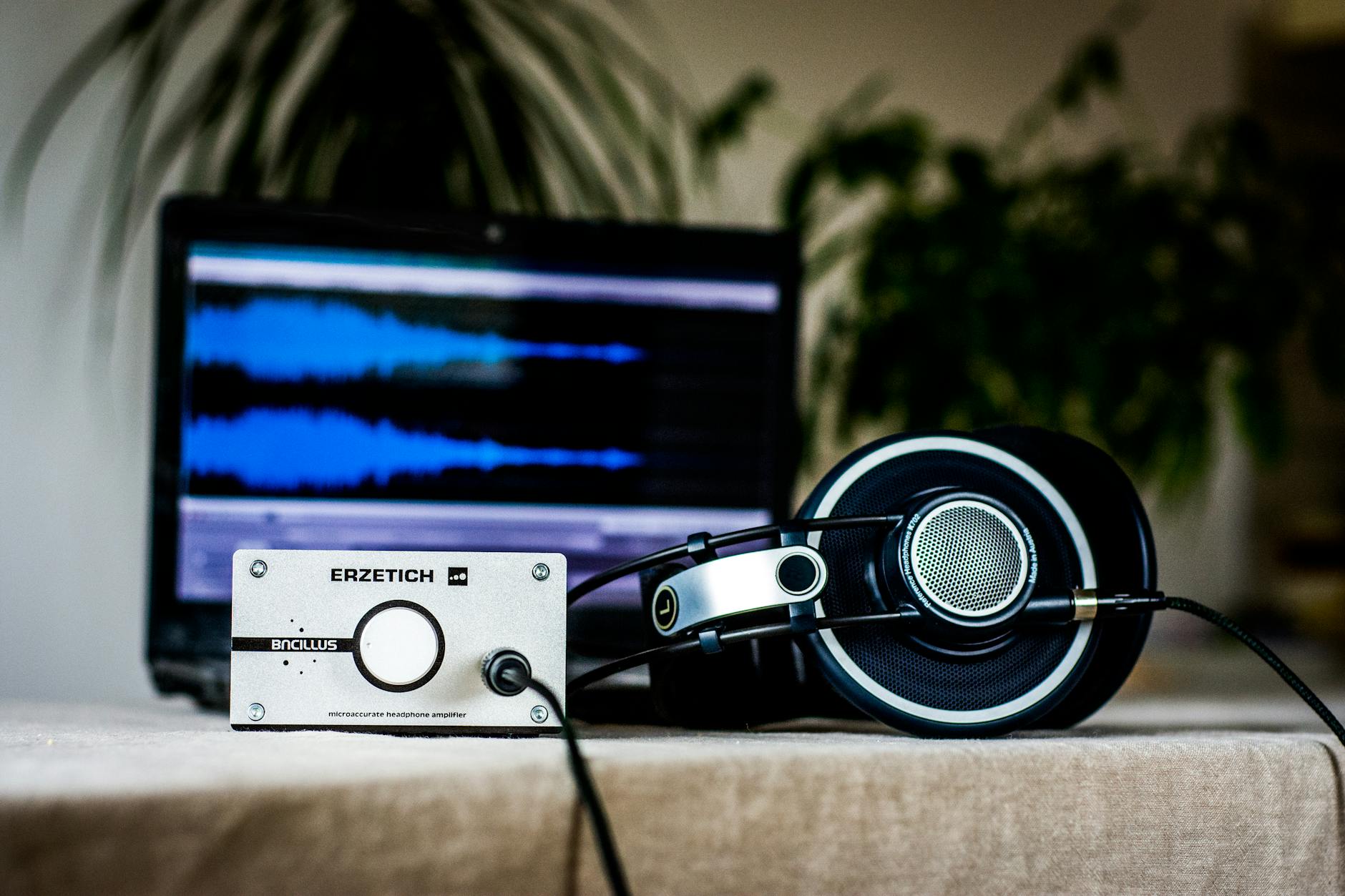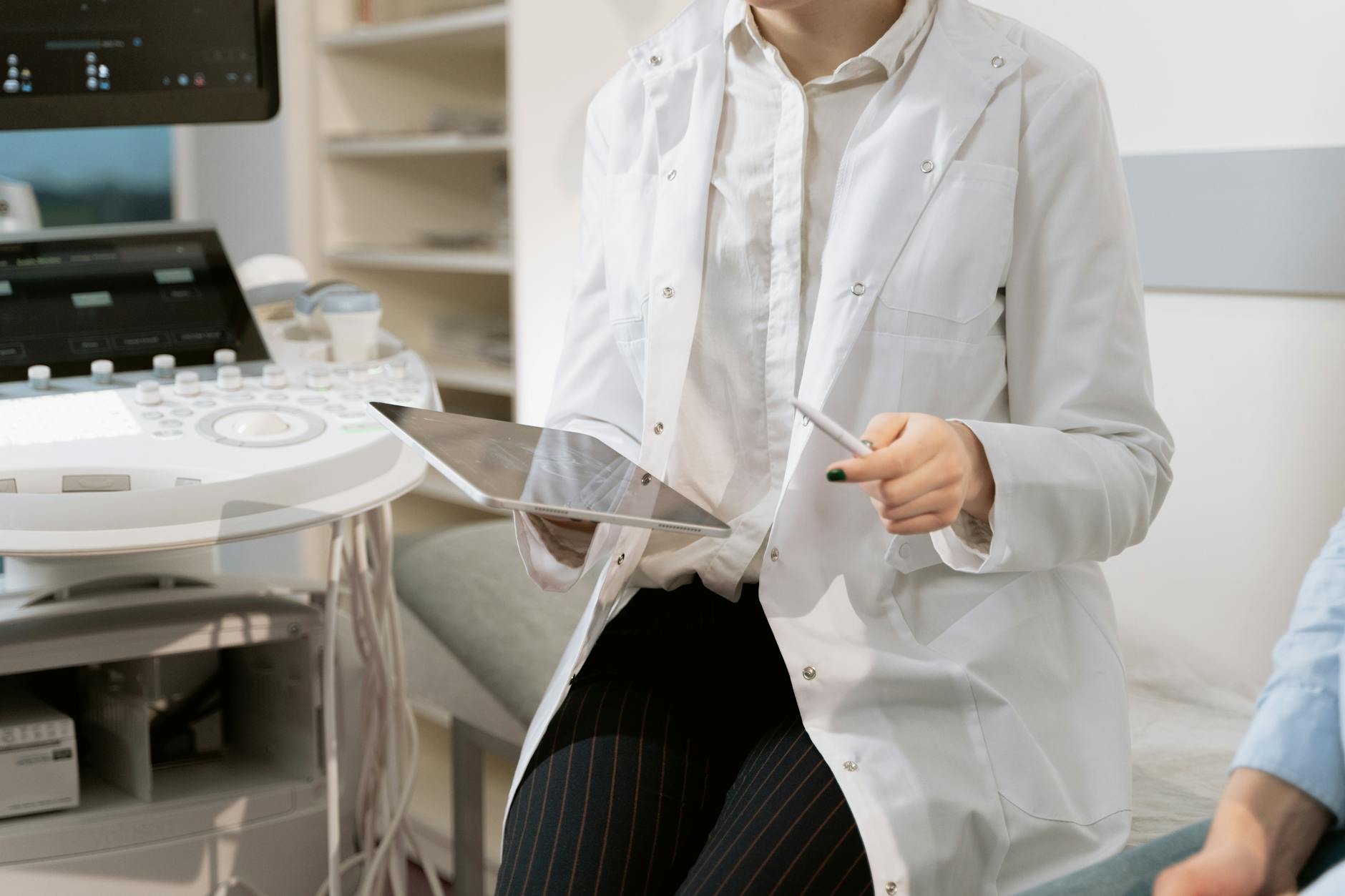How Australia's Venues Transform Sound with Expert Techniques

Acoustic Design Concepts
As an audio professional and frequent speaker at sound seminars, I've seen how acoustic design can transform a space in ways that are both magical and practical. At Brisbane's renowned The Tivoli, I've witnessed how architectural elements shape sound quality, emphasising the importance of smart design choices. The architecture of a venue can block or channel sound waves, directly affecting the acoustics. While discussing my experiences at The Tivoli, I can confidently say that understanding the role of architecture is crucial for any audio engineer aiming to elevate the auditory experience.
Role of Architecture
The design and structure of a building profoundly influence its acoustics. High ceilings, for instance, allow sound to travel more freely, often creating impressive reverberation effects in places like the Queensland Performing Arts Centre. Structural elements like columns or abstract design features can either scatter sound or create problematic echoes. As someone who’s worked with sound systems in a variety of spaces, I've learned that strategic placements of structural elements can make or break a sound system's performance.
Importance of Materials
Material choice plays a pivotal role in sound management. Hard surfaces like glass or concrete reflect sound, which can enhance or muddle music, depending on the setting. Soft materials, such as curtains or carpets, absorb sounds, reducing echoes and improving clarity. In a live setting, like the ones at Fortitude Valley, maintaining the right balance of materials ensures every note is heard with precision.
Design Layout Influence
The layout significantly impacts sound flow across a venue. Room dimensions, seating arrangements, and even furniture placement contribute to how sound waves travel. While at various gigs, I noticed that thoughtful design layout—such as staggered seating or creating defined audio zones—allows for an even sound distribution, which is essential for crafting that perfect listening experience. Equipping spaces with data projectors can also elevate the visual ambiance, enhancing the auditory experience through synchronised visuals.
Advanced Sound Equipment
Exploring the realm of advanced sound equipment, it's crucial to highlight the potential of broadcast solutions. They're a game-changer for anyone looking to elevate their audio engineering projects, particularly in vibrant locations like Brisbane's Fortitude Valley live music hubs. As an audio pro, integrating cutting-edge equipment isn't just about clarity; it's about crafting an immersive experience that captivates your audience, much like a lively night at The Tivoli.
Types of Loudspeakers
When it comes to loudspeakers, the choice impacts every sound wave that reaches your audience. Active loudspeakers, with built-in amplifiers, offer convenience and efficiency, while passive ones provide greater flexibility and customization for those who enjoy a hands-on approach to sound optimization. It's the meticulous attention to these details that parallels the acoustical precision found at the Queensland Performing Arts Centre.
Sound Mixing Techniques
In any live event, sound mixing is an art. Mastery in techniques like EQing and compression ensures that every note hits the right chord, creating a balanced and harmonious soundscape. Think about how the finest mixing at a live show in Fortitude Valley can transform a good performance into an unforgettable one.
Integration of Data Projectors
Incorporating data projectors alongside your audio setup can elevate the visual dimension of an event. They complement the sound elements, ensuring that the audience not only hears but also sees the narrative. As Sophie Tran might find, in her pursuit of dynamic visual displays, the seamless integration of technology creates a holistic and engaging environment that keeps the audience completely engrossed, all without stressing the budget.
Optimization Techniques
Acoustic Treatments
Crafting the perfect auditory experience requires thoughtfully implementing loudspeakers and acoustic treatments. As I once highlighted during an event at the iconic Queensland Performing Arts Centre, the key to achieving the ideal sound lies in targeting the unique frequency responses of your space. Every corner and crevice can influence sound reflection, so adding sound-absorbing materials like diffusers and bass traps can immensely improve clarity and reduce reverberations.
Microphone Placements
Positioning microphones is another crucial factor in sound optimization, affecting the overall quality and balance of audio. When working with live bands at Fortitude Valley's vibrant music hubs, I've found that strategic microphone arrangement can make a vast difference in capturing every instrument with precision. Configurations like the ORTF and spaced pair techniques are instrumental in achieving the desired sound clarity and stereo imaging.
Use of Universal Remotes
Universal remotes may not initially scream "audio optimization," but they play a significant role in seamlessly controlling multi-device setups. For instance, in a bustling live event environment, managing various systems like mixing consoles and projectors can be streamlined with just a single handheld device. This not only cuts down on the operational complexity but also contributes to a sleeker, more professional setup. Employing the right technology ensures that everything runs smoothly, leaving you to focus solely on the sonic experience.
Enhancing Audience Experience
Immersive Audio Zones
Creating immersive audio zones is a fine art that can elevate any event or venue by fully engaging the audience’s senses. Drawing from experiences at Brisbane's beloved Fortitude Valley live music hubs, the magic often lies in the arrangement and quality of sound equipment. Setting up different zones allows guests to experience unique soundscapes that enhance the overall atmosphere. One effective technique is using directional loudspeakers to create pockets of sound that can transport listeners into diverse auditory environments. This approach not only captures attention but also encourages exploration, adding layers of engagement to the experience.
Real-time Sound Adjustments
In the fast-paced environment of live events, such as those at the Queensland Performing Arts Centre, the ability to make real-time sound adjustments is crucial. This capability ensures the sound quality remains consistent throughout, despite changes in acoustic dynamics or audience size. During a recent gig, I utilised a sophisticated soundboard and a universal remote to seamlessly adjust levels and effects on the fly. This setup provided an invaluable tool for customising the audio output, making sure it resonated perfectly with the performance. It’s all about being proactive to guarantee an exceptional auditory experience for the audience.
Interactive Sound Installations
Incorporating interactive sound installations can transform a visitor's experience, sparking curiosity and fostering deeper connections with the environment. Drawing inspiration from installations at The Tivoli venue, integrating technologies like motion sensors with sound systems allows participants to influence the audio landscape actively. Whether it's triggering sounds through movement or choosing different tracks via a control panel, such interactivity creates a memorable and engaging atmosphere. This approach maximises the audience's involvement and transforms passive listeners into active participants in the sonic journey.
Effective Sound Strategies Overcoming Barriers
Navigating Spatial Limitations
When tackling spatial constraints in venues like The Tivoli, we've learned to see these challenges as opportunities to innovate rather than limitations. At smaller venues or unconventional spaces, it's vital to select sound equipment that complements the venue's architecture. I've employed network audio systems in compact spaces to ensure even audio distribution, turning what could be an acoustical obstacle into an immersive listening experience. In venues like the intimate live music hubs in Fortitude Valley, strategic placement of loudspeakers and adaptive acoustic technology can produce unparalleled sound fidelity.
Budget Management with Purpose
Balancing budgetary constraints is a reality every audio engineer in Brisbane, or anywhere for that matter, faces regularly. However, meticulous planning and prioritizing essential gear over excessive expenditures have paved the way for efficient budget management. In my experience, investing in multi-functional tools like audio visual gear that serve various needs without compromising quality has been a game-changer. When working on a project at the Queensland Performing Arts Centre, we focused on acquiring high-caliber yet cost-effective acoustic panels and wireless systems, prioritizing the essential elements needed to achieve premium sound.
Harmonising Technology Compatibility
Technology compatibility is critical in seamless sound integration. In my work, I often find that staying updated with the latest industry standards is key to avoiding potential mismatches. For instance, integrating Harbeth Audio with pre-existing systems has been successful when focusing on adaptability and ensuring future-proof solutions. Keeping gear compatibility in check at places like The Tivoli means embracing flexible, modular setups that allow easy upgrades and integrations, ensuring a harmonious blend of old and new tech—guaranteeing an exceptional auditory experience without future headaches.


